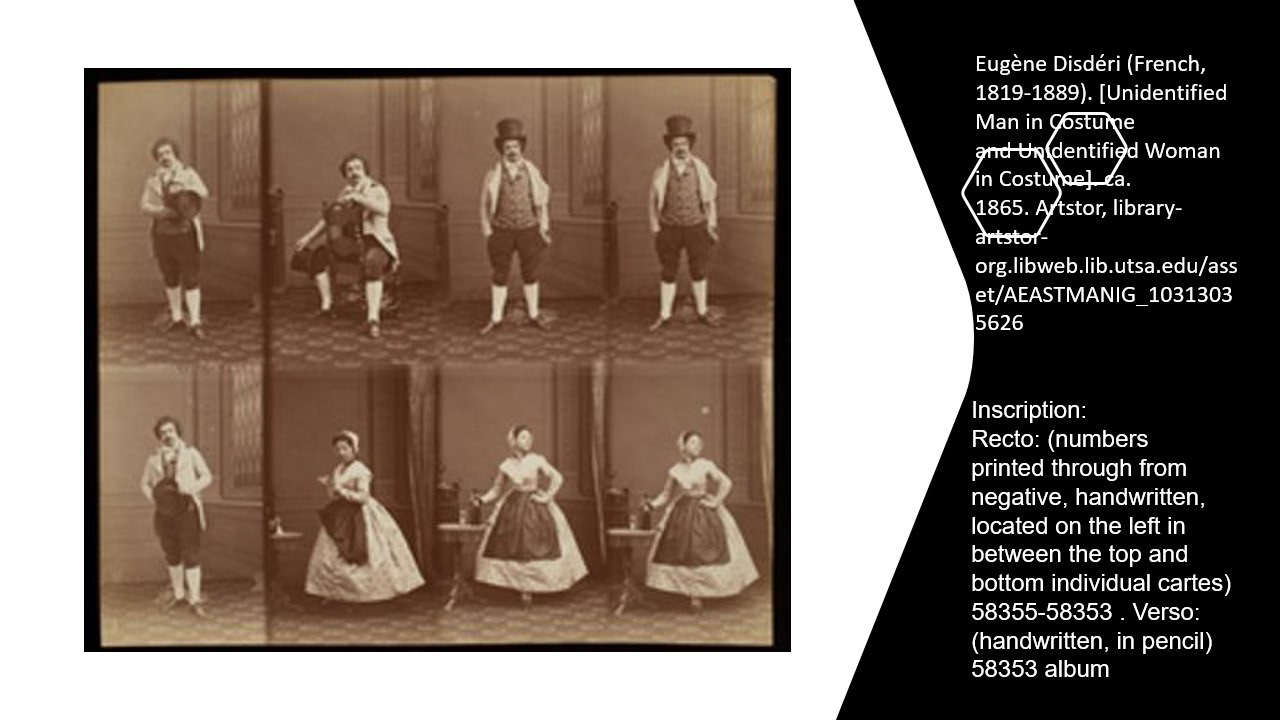A lot of immigrants that came to Texas that were from European countries were not use to the Texas weather. Swedish immigrants like Carl Johan Bergman and Claes Fredrik Bergman describe the Texas prairie heat as horrible given that their attire was designed for Swedish weather which was cooler temperatures. They eventually were able to make and find clothing that could help them accommodate the heat weather. Then there were the cowboys that were use to hot weather so what they wore fit into their culture but also the conditions which they were living in. From cattle ranching, to cotton, agricultural, weather conditions, disease, and bugs like ticks were all a part of what they wore to help survive these types of conditions. From immigrants to natives, the number one thing was getting material to adapt to the conditions. There are all types of styles that have the culture represented by also adaptability.
-Early Tejano Ranching : Daily Life at Ranchos San José & El Fresnillo &The Swedish Texans
1880's poplar fashions
Fabric Choices: Percale, cashmere, boucle, homespun, mull, gingham, lawn, china silk, crepon, zephyr, calico, surah, nun's veiling, striped gauze, faille, camel's hair, wool, barred muslin, lace, bengaline, sateen, foulard, India silk, albatross, corded silk, and velvet.
Favored colors: Brown, cream, fawn, arctic, blue, smoke gray, pale pink, peacock blue, seal brown, heliotrope, invisible green, gray with two shades of terra cotta, porcelain blue, ecru figured on stripes with red, dark blue and beige, olive, marine blue, gold brown, primrose, and coachman's drab.
Fabric Design:Small delicate pattern, dots, plaid, Scotch tweed, stripes, checks, blocks, moire, pompadour flowers, bars, combination patterns and plain.
source: Mills, Betty J. Calico Chronicle : Texas Women and Their Fashions, 1830-1910. Texas Tech Press, 1985.
Women
Tintype portrait of three unidentified women, 1880s
a tintype of three unidentified women. On left, woman wears a large crucifix; on right, woman wears a shawl; standing behind, woman holds an open umbrella.
Lutie Jennings Briscoe 1880 Waco, Texas
Lutie Jennings Briscoe in a full-length studio portrait. Her elaborate dark dress has a bustle and she wears a hat with feathers.
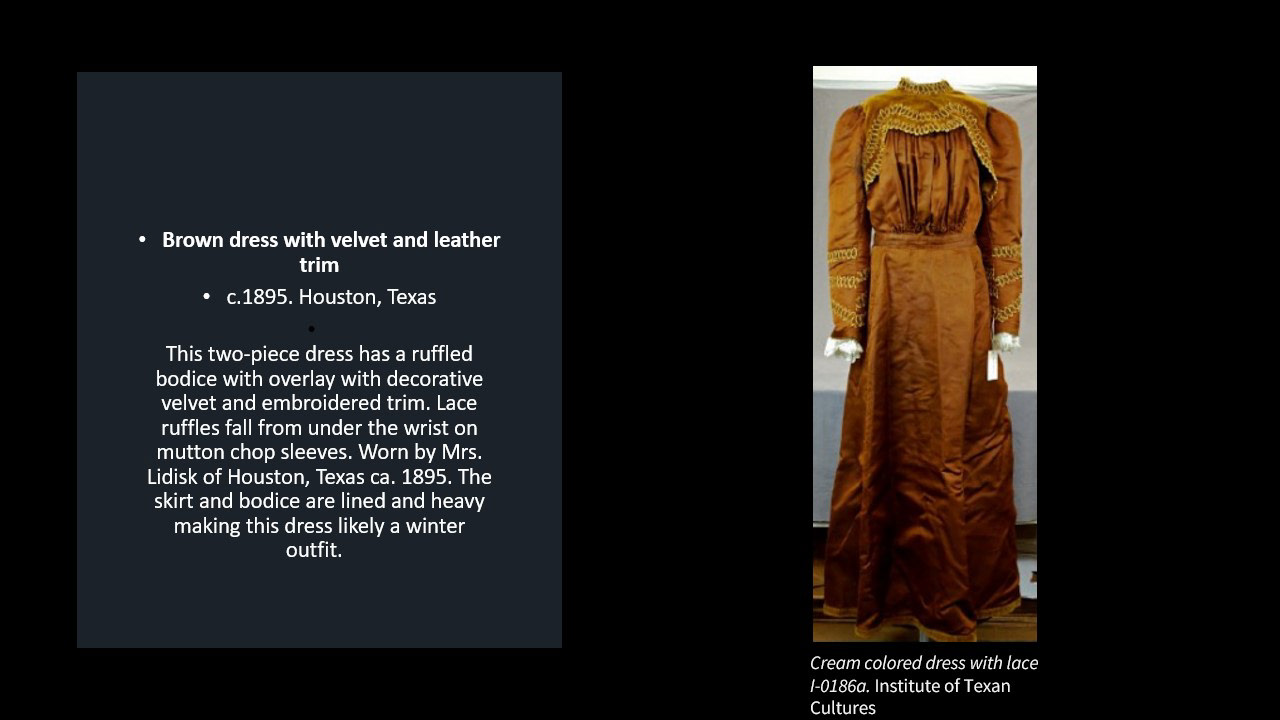
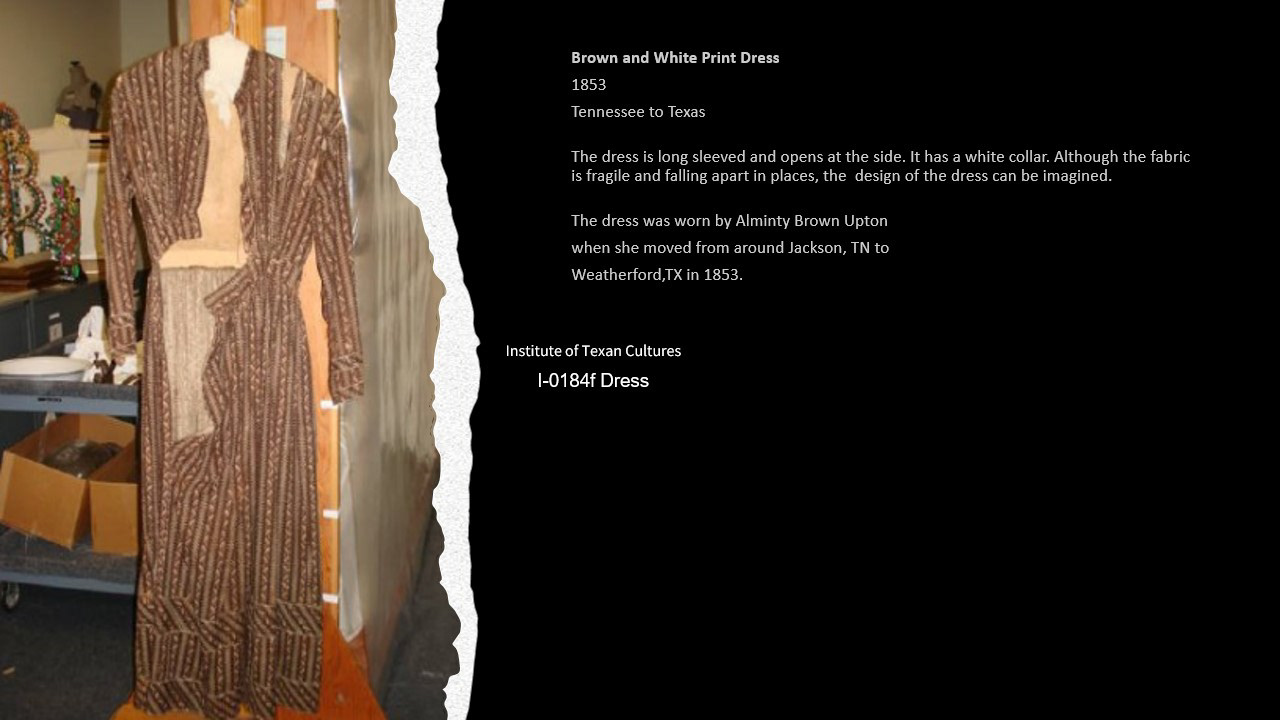
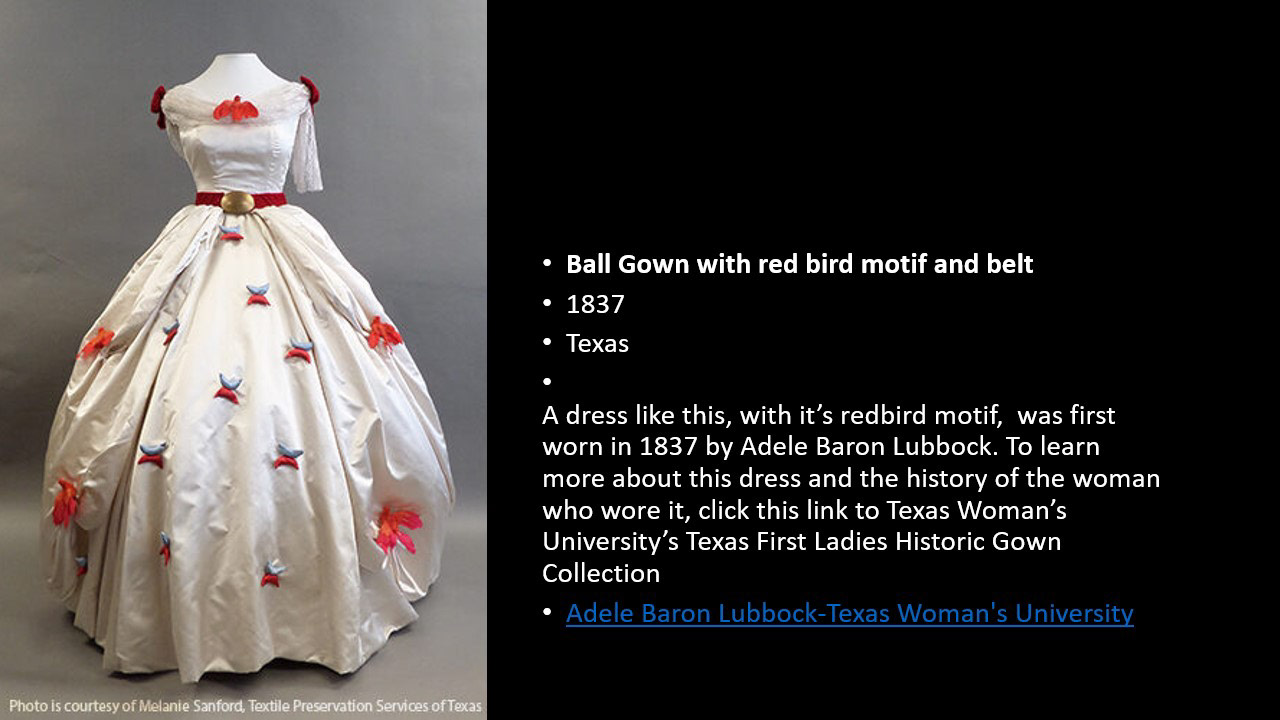
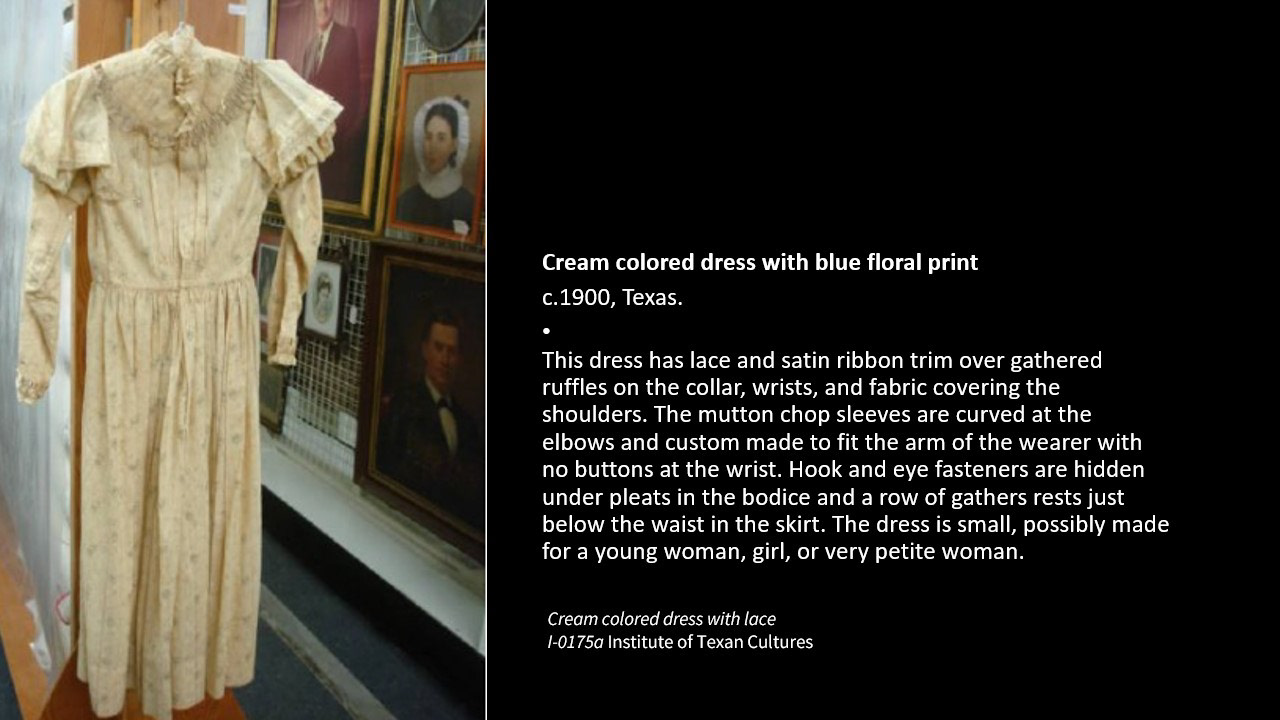
Buckskin and Homespun by David Holman
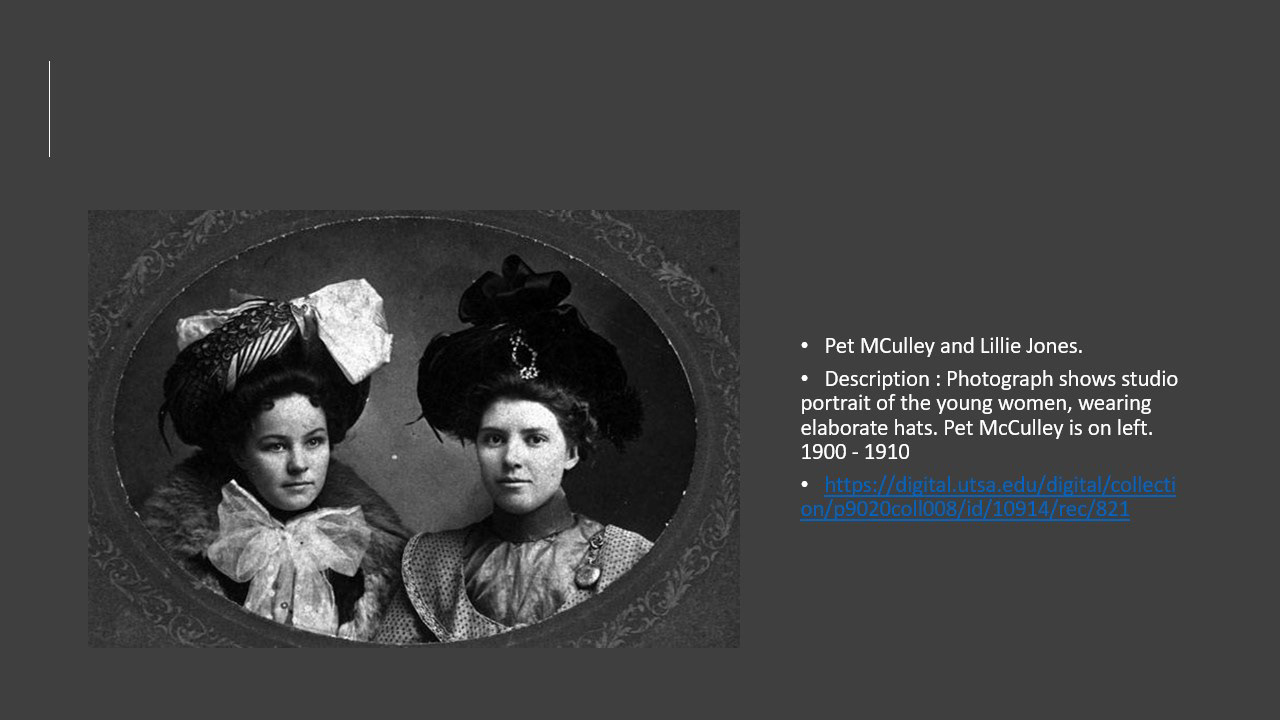
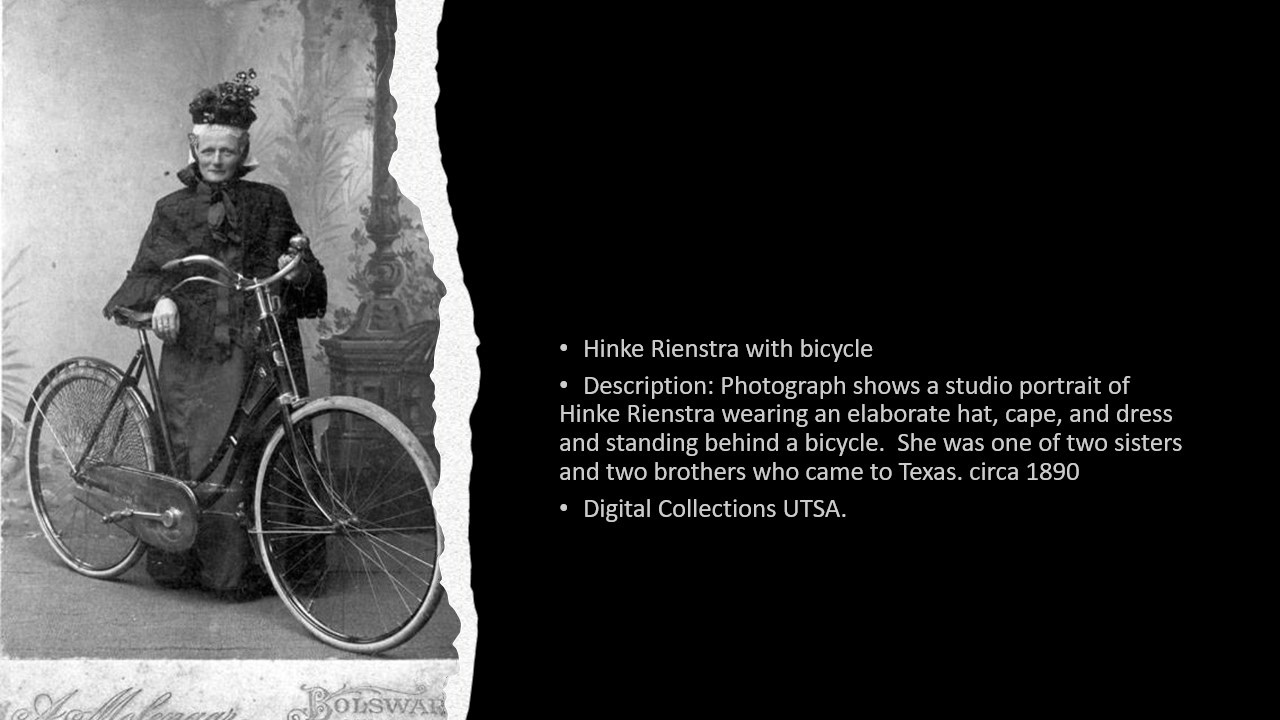
Men
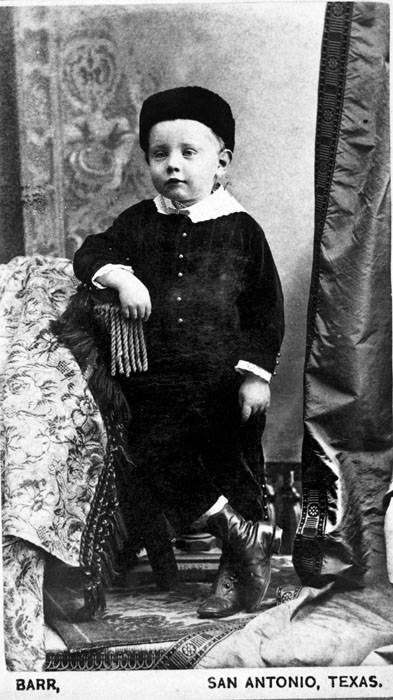
DescriptionPhotograph shows studio full-length portrait of John B. Herff, standing and holding a hat. Subject: Children's clothing. German Americans. Digital Collection UTSA.
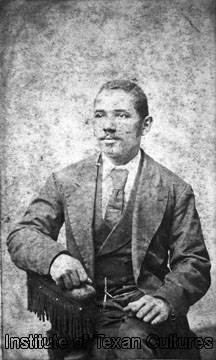
Unknown Man. Digital Collection at UTSA.
Buckskin and Homespun by David Holman

